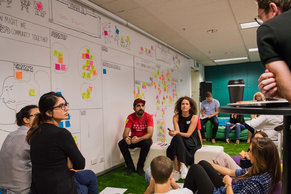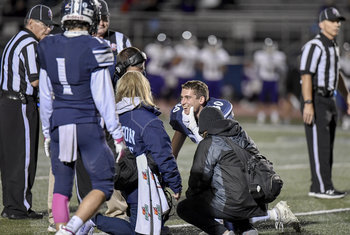
Achieve stakeholder buy-in | Address concerns |
Align strategies | Allocate resources |
Approve initiatives | Assess impact |
Assess progress | Assess risks |
Assign work | Brainstorm ideas |
Build consensus | Clarify roles |
Coordinate efforts | Define objectives |
Develop budgets | Develop business plans |
Develop forecasts | Develop partnerships |
Develop plans | Develop requirements |
Develop solutions | Develop standards |
Develop strategies | Discuss challenges |
Estimate work | Evaluate options |
Identify action items | Identify gaps |
Identify lessons learned | Identify process improvements |
Identify risks | Identify solutions |
Introduce changes | Introduce new policies |
Make decisions | Model decisions |
Monitor budgets | Monitor performance |
Prioritize items | Procure resources |
Provide feedback | Provide training and development |
Review business results | Review customer feedback |
Review progress | Set business goals |
Share updates | Solve problems |
Transfer knowledge | Validate ideas |
Direction & Control
Meetings that allow management to direct and control resources and teams. For example, a weekly team meeting with a goal to direct the efforts of a team to achieve productivity and efficiency. This can be phrased as follows.Review status and plan work efforts for the week to achieve team objectives.
Governance
Governance meetings provide oversight of management. The goals of such meetings are to perform the due diligence required to ensure that management are accountable for performance, reputation and financial management. For example, an IT governance meeting might have the following goal.Provide oversight of information technology strategy, programs, projects, operations and risk.
Goal Planning
Identifying your goals and objectives.Plan yearly targets for the billing support team.
Requirements Gathering
Planning the functional and non-functional requirements for a project or initiative.Identify and refine requirements for the billing system.
Planning
Developing plans to achieve goals.Plan the quality improvement program.
Scheduling
Developing and agreeing to schedules.Develop a schedule for the Bridge Construction Phase II project.
Problem Solving
Working on a solution to a current problem.Develop a solution for the session management problem documented in incident ticket 67591.
Risk Management
Identifying and managing potential future problems. This includes identification, analysis and treatment of risk.Identify a list of risks for the sales force automation upgrade project.
Decision Making
Making and accepting a decision.Decide if we should replace low performing suppliers.
Design
A session to design something as a team. Long meetings that produce a design are commonly known as a charrette.Design the lid for our new cookware product line.
Work Products
Producing work as a team. In many cases, work is produced as an individual as this is considered more productive and creative. However, some teams perform certain types of knowledge work as a group.Develop an improved quote-to-cash process.
Review
Sessions to review the quality of work to identify improvements and seek agreement that the work has been done.Review and approve the redesigned quote-to-cash process.
Relationship Building
Meetings designed to build relationships. These include team building exercises and meetings with internal and external stakeholders such as customers, suppliers and regulators. For example, a meeting with a partner may have a high level goal to explore potential commercial agreements.Introduce our outsourcing services.
Sales
Sales meetings typically have goals to pitch products, explore customer needs or negotiate.Identify your high level requirements for a billing system.
Knowledge
Transferring knowledge such as a training or information session.Communicate an overview of the network infrastructure at the new data center.
Summary
The following are common types of meeting goals:
Overview
Meeting goals outside target outcomes and results for a meeting.








































